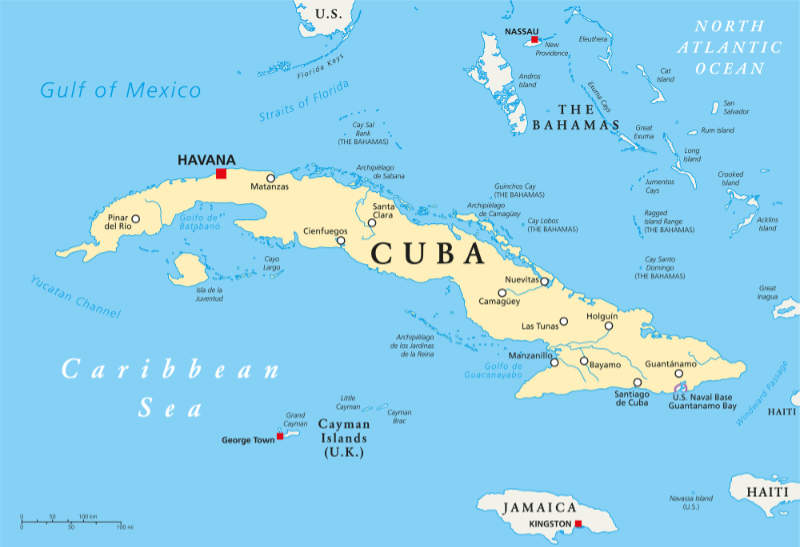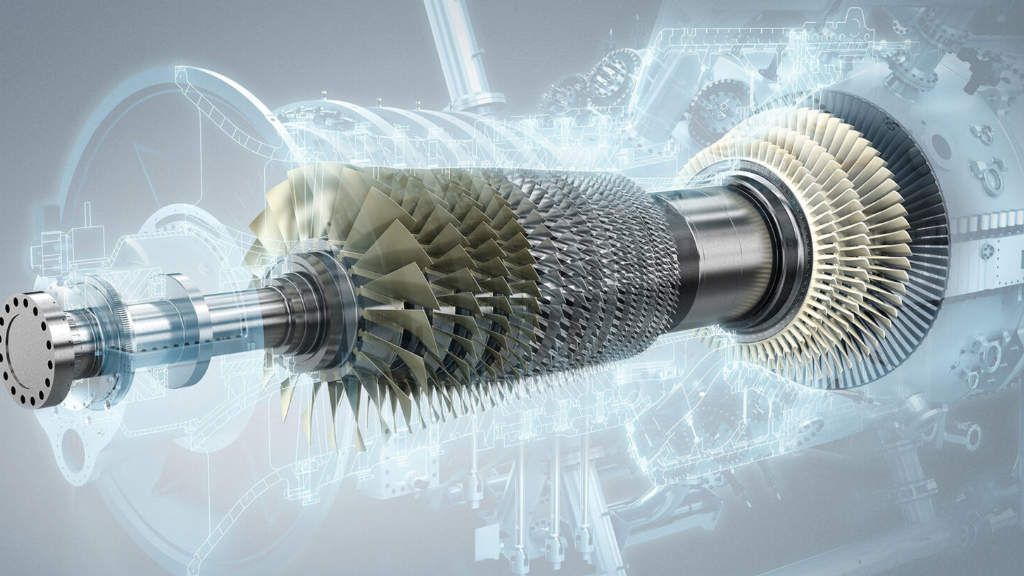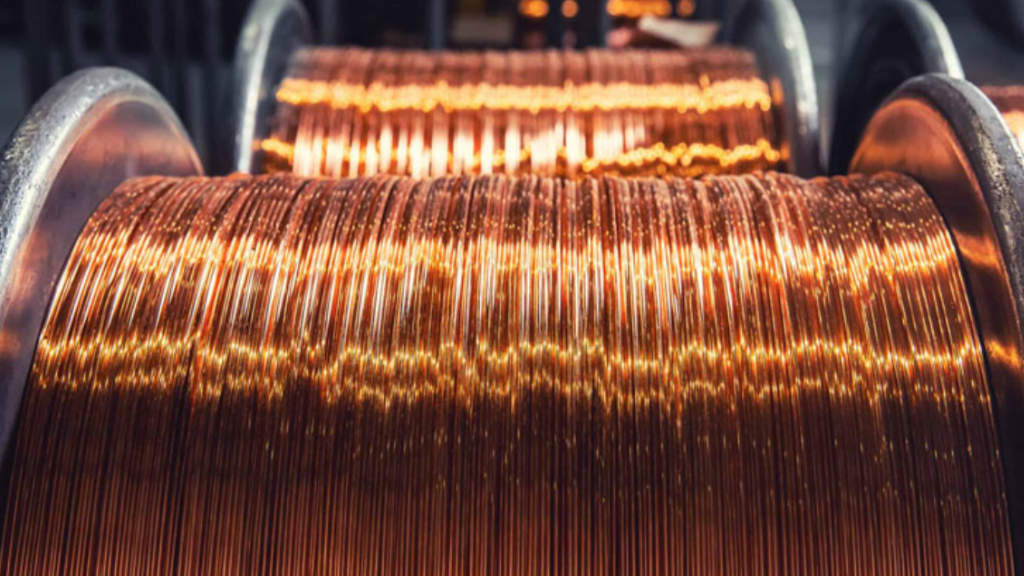A Cuban delegation is in Moscow to discuss energy and other trade and investment issues pending a visit by the Cuban President, Miguel Diaz-Canel to Moscow in May.
The delegation was headed by Esteban Laso Hernández, President of the National Assembly of People’s Power and the State Council of the Republic. He arrived in Russia at the invitation of the State Duma of the Federal Assembly of the Russian Federation and met with Russian Foreign Minister Sergey Lavrov. A meeting of the intergovernmental Russian-Cuban commission will also take place on 17-19 May in Havana, and will be led by Deputy Prime Minister Dmitry Chernyshenko The Russian visit to Cuba will further discuss trade, industrial, scientific and technical co-operation following on from Hernández’s trip taking place in Moscow. During these visits it is planned to sign bilateral agreements in trade, industry, energy, agriculture, construction and education.
Cuba is facing a severe energy crisis characterized by frequent blackouts and fuel shortages, exacerbated by aging infrastructure, a lack of investment, and the double whammy impact of its own US embargo, as well as US sanctions on Russia, which has made it increasingly difficult for Havana to acquire fuel and spare parts. Russian supplies of crude oil to Cuba for example were cut by 50% in 2024. Moscow will be keen not to let the situation deteriorate further.
Cuba’s economy is diverse but heavily dependent on key industries. Agriculture remains important, with the country being a leading producer and exporter of tobacco, especially cigars, and having a strong sugar industry. However, the 2024 sugar harvest was the lowest since 1900, reaching only 71% of the target. Mining, particularly nickel and cobalt, is also vital, with the sector growing 8.87% in 2024, driven by increased production of molybdenum, silver, and copper. The energy sector, based on oil and gas, contributes significantly to revenue, although outdated infrastructure and reliance on imported oil give rise to frequent power outages. Hence the current Cuban energy delegation visiting Moscow to discuss investment and resolutions.
Energy problems aside, Cuba is traditionally strong in biotechnology and pharmaceuticals, particularly in vaccine development and medical research. Tourism, once a key driver of GDP and employment, is also recovering with record numbers of Russian visitors last year.
However, Cuba’s participation in free trade agreements and international economic organizations is limited due to its unique political and economic model, and sanctions imposed upon it (for over 70 years!) by the United States.

With a population of about 10.98 million, Cuba continues to faces significant economic challenges, worsened in 2024 by natural disasters such as Hurricanes Oscar and Rafael and a 6.8 magnitude earthquake near Santiago de Cuba. As a result, the Cuban government has projected zero economic growth for 2024 and 2025. Estimates of Cuba’s GDP (PPP) vary wildly and range from between US$26.43 billion (Statista) to US$109.50 billion (Trading Economics). GDP per capita figures are estimated to be about US$2,700.
Cuba also provides Russia with a regional naval base, with Russian military vessels making regular calls. This is often really an exercise in winding up the Americans.
Cuba’s trade relationship with Russia has however shown significant growth in recent years. Bilateral trade rose from US$145.6 million in 2021 to US$452 million in 2022, while Russian exports to Cuba increased 8-fold in the first eight months of 2023. Current bilateral trade is estimated at about US$1 billion with the bulk of this Russian energy and fertilizer exports.
However, what Havana really needs now is Russian investment. Russian railways are involved in upgrading the national railway line and providing locomotives and carriages, however most pressing problem is in upgrading Cuba’s national power supply. A solution would be a small nuclear power plant (NPP) which Russia would be able to provide relatively quickly and efficiently, however the United States would strongly object – to the extent of serious US repercussions. That leaves Moscow and Havana with little choice but to work with what Havana currently has – significantly outdated, massively degraded Soviet era machinery.
While Russia also provides humanitarian assistance with food and energy supplies, bilateral trade is mainly based upon energy and agricultural products, although Cuban Rums and Cigars are highly popular – and freely available throughout Russia’s tier one cities.
While that trade may raise jealous eyebrows in Washington, the really pressing issue is what to do about rescuing Havana from total economic collapse – and the multi-billion-dollar Russian investments this now requires. Cuba’s Boca de Jaruco oil field could provide an answer. We will provide additional information as agreements are made.
To obtain a complimentary subscription to Russia’s Pivot To Asia, please click here.
Further Reading





